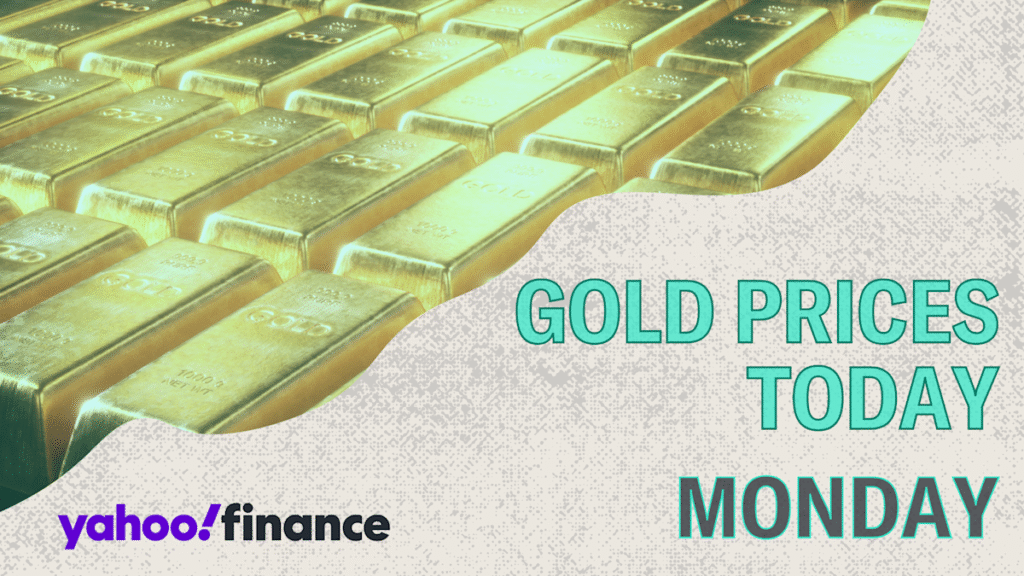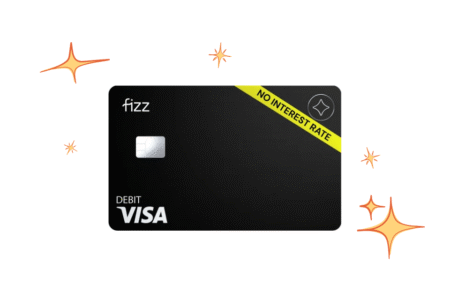Gold (GC=F) futures opened at $4,103.20 per ounce on Monday, down 0.4% from Friday’s close of $4,118.40. This is the first decline from the previous day’s closing number we’ve seen since the summer.
Gold’s decline continues a week after gold set record highs, as many experts believe gold has been overbought in recent months, and as President Trump makes his way across Asia, in part to help ease trade tensions with China.
With an upcoming Fed meeting this week, in which market observers anticipate another reduction to the fed funds rate, it will be interesting to see what happens to the price of gold as easing tensions with China should reduce gold’s safe-haven demand, yet, the price of gold tends to benefit when interest rates fall since gold pays no interest.
The opening price of gold futures on Monday is down 0.4% from Friday’s close of $4,118.40 per ounce. Monday’s opening price is down 5.5% from the opening price of $4,344.10 one week ago on October 20. In the past month, the gold futures price increased 9.6% compared to the opening price of $3,742.80 on September 25. Over the past year, gold is up 50.5% from the opening price of $2,725.50 on October 25, 2024.
24/7 gold price tracking: Don’t forget you can monitor the current price of gold on Yahoo Finance 24 hours a day, seven days a week.
Want to learn more about the current top-performing companies in the gold industry? Explore a list of the top-performing companies in the gold industry using the Yahoo Finance Screener. You can create your own screeners with over 150 different screening criteria.
Learn more: Gold vs. crypto: Which should investors own in debasement trade?
The price of gold can be quoted in multiple forms because the precious metal is traded in different ways. The two main gold prices investors should know about are spot prices and gold futures prices.
Learn more: How to invest in gold in 4 steps
The spot price of gold is the current market price per ounce for physical gold as a raw material, sometimes called spot gold. Gold ETFs that are backed by physical gold assets generally track the gold spot price.
The spot price is lower than what you’d pay to buy gold coins, bullion, or jewelry, since your total price will include a markup called the gold premium that covers refining, marketing, dealer overhead, and profits. The spot price is more like a wholesale price, and the spot price plus the gold premium is the retail price.
Gold futures are contracts that mandate a gold transaction at a specific price on a future date. These contracts are exchange-traded and more liquid than physical gold. They settle on the contract expiration date or earlier, either financially or via delivery. A financial cash settlement involves paying the contract’s profit or loss in cash. Delivery means the seller sends physical gold to the buyer for the contracted price.
Supply and demand determine gold spot prices and gold futures prices. Factors that influence gold supply and demand include:
-
Geopolitical events
-
Central bank buying trends
-
Inflation
-
Interest rates
-
Mining production
Learn more: Who decides what gold is worth? How prices are determined.
Whether you’re tracking the price of gold since last month or last year, the price-of-gold chart below shows the precious metal’s steady upward climb in value.
Read the full article here












